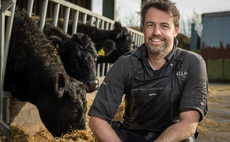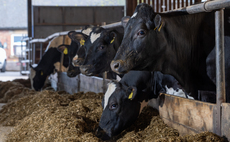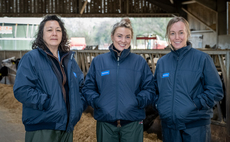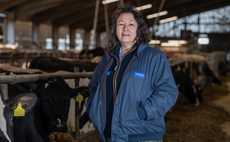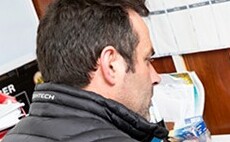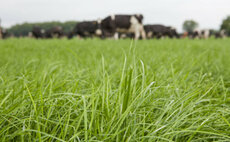Author profile
MSD SenseHub
With profits under constant pressure, dairy farmers are continuously on the lookout for new technologies and ways of working which will reduce labour requirements, improve productivity and offset the effects of rising costs.
Investing in youngstock to achieve target growth will pay dividends throughout their productive life
Rearing dairy replacements is the second biggest cost after feed for any dairy farmer so ensuring calves are given the best chance possible to reach their potential is essential.
Virbac DB
Ian Cure, of LLM Farm Vets explains how correcting trace element deficiencies by adopting a new method of supplementation has had a major impact on cow and calf health in the beef suckler herd at Myerscough college farm.
Virbac DB
Like a car in need of a top up of oil to ensure optimum performance and a reduced risk of engine damage, cattle trace mineral status also requires effective management.
Virbac DB
Correctly managing the trace mineral status of dairy animals at points of stress, including the weaning and transition periods, is critical to herd productivity and profitability. Kate Ingram, Veterinary Advisor at Virbac, gives expert advice on how dairy farms can achieve this.
Virbac DB
Trace minerals affect profitability because they are production elements, says Sabrina Jordan, Farm Product Manager at Virbac.
Better Silage
Baled grass silage can be as good as clamped silage, says Volac silage scientist, Dr Mark Leggett, but it is essential to employ equal attention to detail when making it – starting by cutting grass at the optimum time.
MSD SenseHub
Herd monitoring systems such as SenseHub® from MSD Animal Health provide powerful insights into the health and reproduction performance of dairy.
Better Silage
High quality silage is a high energy, palatable and digestible forage which can provide a significant proportion of the nutritional needs of a high yielding dairy cow.
FarmingCAN
Co-op is breaking boundaries in egg sourcing, as it unveils British white eggs in its stores, reinforcing its commitment to 100% free-range values and championing animal welfare


 14 June 2024
•
2 min read
14 June 2024
•
2 min read

